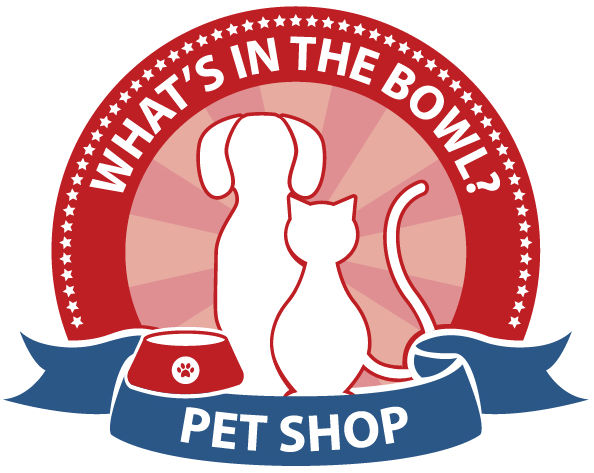Did you know that pumpkins are one of the most useful vegetables for your carnivore cat and omnivorous dog? Stock up in fall when they are plentiful and economical. You will be amazed at how the incorporation of this food into your pet’s menu can enhance his or her well-being!
The Chi Institute in Florida teaches acupuncture and food therapy for animals. The principles are based on traditional Chinese veterinary medicine (TCVM) philosophies. All living things possess energy. Utilizing food energetics can be a guiding principle to food selection and can even manipulate health. The wrong food choice can damage health; the right food choice can enhance wellness and repair.
The energetic of pumpkin is variable depending on the source one reads. Why would this be?
According to Daverick Leggett, author of “Helping Ourselves” and “Recipes for Self-Healing,” “Many foods eaten in the West are not known in China, so information about their properties is often more speculative. Regional variations affect energetic properties. Foods that are common in one culture may have a stronger effect in a culture where they are more rare. Hybrid and genetically engineered plants will probably be weaker in their energetic effect.”
Paul Pitchford, author of “Healing with Whole Foods” explains, “Raw food is more cooling than cooked food. Foods with blue, green or purple colors are usually more cooling than similar foods that are red, orange or yellow.”
For these reasons, when one reads that pumpkin is cooling, neutral, or warming, one must ask, are we discussing the pumpkin flesh or pumpkin seeds, and is it raw, cooked, crushed or canned? This lack of clarity leads to controversy as to the thermal energetic of pumpkin. Not to worry, you can judge the energetic impact on your own individual pet.
All sources agree that pumpkin is a balancing, sweet, qi tonic. It regulates blood circulation, and counteracts damp and phlegm. A qi tonic is used to manage qi deficiency. Signs of qi deficiency can include tiredness, loose stool, reduced appetite, shortness of breath, weak voice and more.
Pumpkin has long been used as a stool-consistency regulator. In my holistic veterinary practice, we commonly recommend canned pumpkin to add bulk to loose stool for dogs, but conversely itwill soften and loosen stool for a kidney yin deficient constipated cat. The proper regulation of stool consistency can have a huge impact on proper defecation habits. A constipated cat will have a decreased appetite. A cat with kidney disease will lose water through excessive urine volume, thus lacking fluids to moisten stool, which leads to the constipation. Dryness can lead to anal gland impaction as well, as loose stool lacks the oompf to push the normal anal gland secretion out of the glands upon normal defecation.
The addition of a teaspoon of canned pumpkin to a dog’s every meal can really have a positive impact on proper anal gland function. The addition of a ½ teaspoon of canned pumpkin to a cat’s every meal can manipulate stool consistency to aid an elderly kitty with daily defecation as well as prevent anal gland impaction for this species as well.
Most dogs and cats love the taste of canned pumpkin. Start with a tiny amount
initially to help them adapt in case it is an acquired taste for them. The fibrous nature of pumpkin makes it a mover. I recommend to slather a tablespoon of pumpkin on top of a thawed, raw duck neck as a great treat, meal replacement and dental prophylactic for your large dog. The consumption of this fibrous vegetation mixed with the chewed up bone will give you peace of mind that the passage of the bone will be successful. The chomping on raw bone can be a safe and effective means to remove tartar from teeth. In this same way, pumpkin can be used to move potential minor gastrointestinal (GI) obstructions.
Canned pumpkin and fish oil can be a part of a healthy, hairball management routine for cats. Typical commercial hair ball remedies are made from potentially toxic petrolatums and these will coat the GI lining preventing the absorption of nutrients. Conversely, fish oil is nutritive, can decrease shedding and lubricate the hair for proper passage. Less shedding means less hair ingestion. The combination of fish oil and fibrous pumpkin moves the hair on through the stomach and intestines so that it doesn’t ball up in the stomach. This means fewer hair balls on your carpet and less for you to step on with bare feet in the morning!
References:
“Helping Ourselves.” Daverick Leggett. Meridian Press. 1994.
“Recipes for Self-Healing.” Daverick Leggett. Meridian Press. 1999.
“Healing with Whole Foods.” Paul Pitchford. North Atlantic Books. 2002.
Original Post: http://www.drjodiesnaturalpets.com/single-post/2014/10/08/Pets-and-Pumpkins-A-traditional-Chinese-veterinary-medicine-approach

